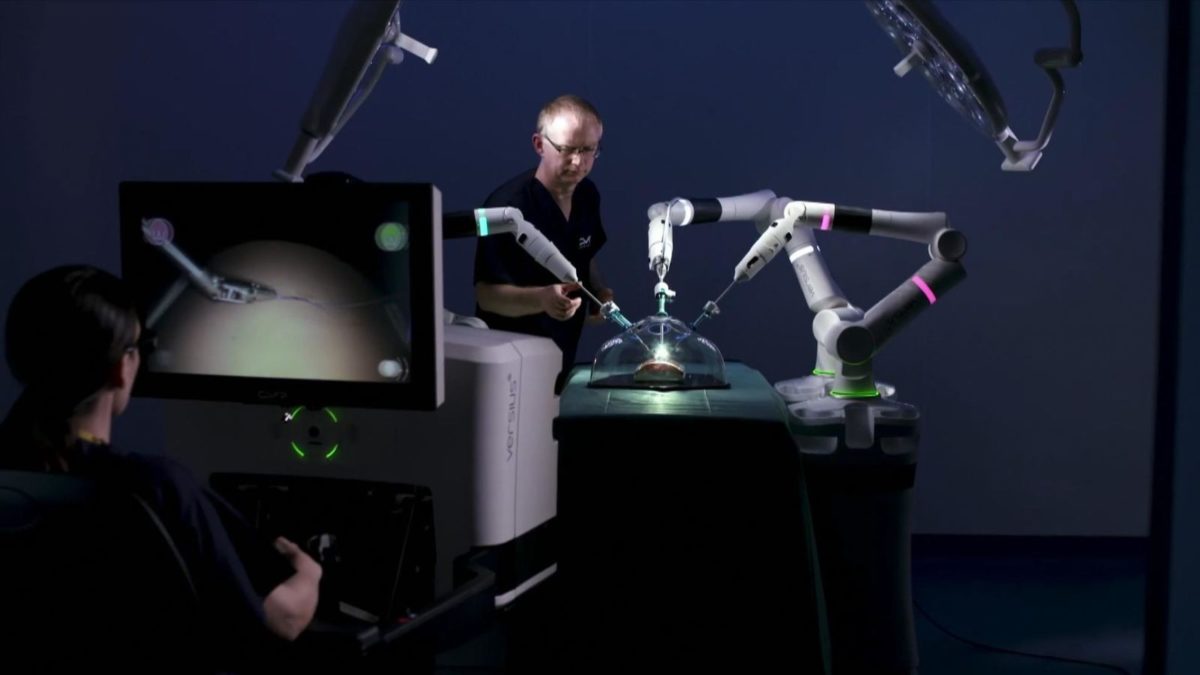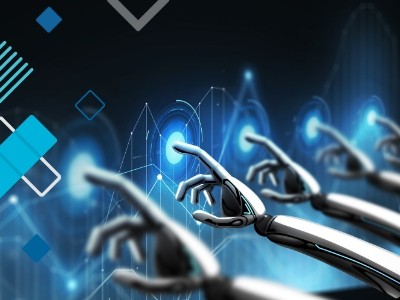Imagine being operated by robots. This is already happening but is going to spread over the world in the future. Nowadays only part of the surgery is operated by robots, but the plan is to allow robots to do full surgeries. However, one should not worry about it as the robots are still going to be controlled by surgeons (Noel Phillips, 2018). The process will naturally require quite a few years for doctors to be trained and get adapted to the new way working. The areas in which the robots operate span from orthopedics, urology, general surgery, gynecology, neurology, thoracic, otolaryngology, bariatric, rectal and colon to hair transplants, multiple oncologies and even dental implants. Below, main existing technologies will be elaborated upon.
Nowadays, there are four categories of surgical robots each having variety machines performing different activities (Smith, 2019). The first category is called “Surgeon Waldo” that includes machines such as the da Vinci, TransEnterix Senhance, CMR Versius and Titan SPORT that transform the movement of a surgeon into instrument movements by having computer communications between console of a physician and a remote patient cart. The first category is aimed to improve the human’s precision, increase strength, augment endurance and diminish hand tremors. The second category is so-called “Programmable Automatas” that includes energy delivery robots such as Accuray’s CyberKnife. This robot uses clear treatment plan that has been defined before to determine the location and orientation to provide energy to concentrate on and kill tumors at specific spots inside the human body. Yet, another category named “Assistive Guide” makes sure that actions initiated by humans comply with the digital plan established in the stage before the operation starts. The fact that the robot physically enforces adherence can help avoid deviation that could lead to the wrong treatment. Straight laparoscopic sticks gain greater flexibility in the last category known as “Motorized Laparoscopic”. As an example, motors and steering controls are added to laparoscopic handles, thereby providing the surgical tip with a flexible wrist joint. Other applications in this category include laparoscopic cameras through laser, eye-tracking, human voice and other methods that can enable a surgeon to navigate the camera without an assistant holding the camera. The four categories mentioned do capture the current use and development. However, there will be a need for new categories as the capabilities will be expanded.
The surgical robots are going to offer much more than mechanical extensions of a surgeon’s hands in the future. Just as MIS instruments and energy therapies have succeeded previously, this software and hardware are the upcoming generation of tools that will improve skills of a surgeon and patient outcomes.
No More Surgeons!
13
October
2019


